After I completed my post-graduation (MBA), I briefly worked at the leading business conglomerate Murugappa Group’s EID Parry Corporate Office in Chennai for couple of years as a Management Systems Trainee before migrating to the US. Those 2 years I spent in Chennai will forever be etched in my memory for the unforgettable moments I shared with my awesome colleagues and also with my school buddies from Thanjavur with whom I was sharing my stay with.
We rented an apartment in T.Nagar near the West Mambalam Railway Station and six or seven of us stayed together sharing the rent and other expenses. There is great camaraderie among us as we all knew each other since childhood days. Our evenings at the apartment were spent with roaring laughter sessions with everyone pulling each other’s leg. Couple of us were working, rest were doing computer courses to launch themselves into IT. The house owner had strict restrictions on many things – water usage, noise levels, what we can and cannot cook at the apartment (cooking meat was not allowed). These rules were very strictly enforced especially by the house owner’s dad who also came up his crazy rules from time to time (like one time he said no more loud noises after 8:30 pm as he wanted to start sleeping early, come on!). We did not have any choice but to obey those dictator rules as it was hard to rent homes for bachelors in Chennai.
I had always been very interested in cooking since my childhood days, so I took the initiative and setup a system in our apartment wherein I trained my friends with basic cooking skills. Eventually the system became so streamlined, each one of us took turns to cook/ clean one day in a week, and in the weekends we typically ate outside. My friends became specialists in many dishes (like Ramesh can cook the best Kara Kolambu, Sembian and Saravanan can cook awesome vegetable stews, Britto can cook an unique tasting sambar that also tasted like korma (more on that in a short while…). One of our friend John de did not show much interest in cooking, and he told us he would rather clean the dishes every day, but he was not spared too. John de cooked some of the craziest combinations one could ever imagine. For example, he would return from the grocery store with white pumpkin and baby potatoes telling us all to be ready for an awesome sambar with spicy fry to go with for dinner, only for us to come home hangry in the evening (and salivating to taste the poosanikai/ white pumpkin sambar with baby potato fry) to discover that he had indeed cooked baby potato sambar and white pumpkin spicy fry! But we were very supportive of each other as we were all childhood friends and got past this (and many other incidents like this) with lots of laughter.
Before I get closer to the recipe, I want to share the secret how Britto alone could cook sambar that also tasted like korma! One day, I returned from office a bit early. Britto was about to start making sambar before he had to leave for his computer class, and I saw him washing chana dal in the pressure cooker. I told him “Britto, what are you doing? You are supposed to use toor dal for sambar!”, and he replied “Is this not toor dal machi?” (“machi” is a slang in Tamil that people use colloquially to refer to a close friend, but it’s real meaning is brother-in-law). I laughed and showed him the toor dal container (which was in fact right next to the chana dal container). And I had to shout out again when he was doing the tadka as I saw him reaching out to the fennel seeds, I told him “Britto, what are you doing? Why are you are taking the fennel seeds? You are supposed to use cumin seeds!”, to which he replied, “What? I thought these are cumin seeds!!!”. No wonder his sambar tasted like korma! Anyways, we all absolutely loved his “korma” sambar so we asked him to continue with his own unique way of making sambar with chana dal and fennel seeds. There is no right or wrong way when making a dish, experiments should always be welcome in the kitchen. If humans have not experimented, we would still be continuing with the caveman’s diet right?
OK. Finally, let us talk about the Dosakaya pappu recipe. But, not yet, though!
It was one long weekend (we stayed in Chennai that weekend and chose not to go to our native town for budget reasons). All of us went out to a movie on Sunday and on the way back late evening, we were walking along the crowded street near the West Mambalam Railway station where all the vegetable vendors setup their evening stalls on the sidewalks. We spotted one young boy selling a strange round bright yellow vegetable which we had never seen before (in Thanjavur). We asked the young boy what it was and he said “Anna (brother), it is dosakaya”. We then asked him what we could cook with it. He replied “Dosakaya pappu, anna”. We then asked him how we could make it. The young boy got up, and ran across the street and went to the other side of the road and talked to a lady who had setup a vegetable booth on the opposite side of the street. He then came running back and said, “Anna! I talked to my mom. She said it is super easy. Just remove the seeds from the dosakaya, and in a pressure cooker along with it add toor dal, onion, tomatoes, green chilies, garlic, chili powder, turmeric, hing, salt and pressure cook for 3 whistles and then add tamarind, add tadka with mustard seeds, chana dal, red chilies and curry leaves”. Britto then said, “Machi, it looks like a super easy recipe. Let us buy it”. I nodded yes as it was my turn to cook the next day (I always like to experiment), and we bought couple of dosakayas and headed home.
For those of you who do not know, dosakaya is a vegetable belonging to the cucumber family, and they are mostly small in size and are round to oblong in shape. As the cucumber matures, the skin becomes darker yellow, and the flesh is firm and has a mild, sweet fragrance that is reminiscent of melon. Dosakai cucumbers can be consumed both raw and cooked. There are many good recipes for dosakaya including sambar, dal, curries, pachadi, pickle, chutney, salad, etc. They are a rich source of dietary fiber, eliminating toxic compounds from the gut, and also contain vitamins C, E, and K, potassium, and magnesium. Dosakaya are an integral part of Andhra and Telangana cuisine.
The next day I guess it was around 11 am when I got a call on my office number. Britto and Sembian called me and mentioned that they wanted to cook the dosakaya pappu (and asked me to switch my turn to cook to Tuesday instead). I was a bit hesitant at first, and tested them by asking if they got the recipe right, to which Britto replied, “Just remove the seeds from the dosakaya, and in a pressure cooker along with it add toor dal, onion, tomatoes, green chilies, garlic, chili powder, turmeric, hing, salt and pressure cook for 3 whistles and then add tamarind, add tadka with mustard seeds, chana dal, red chilies and curry leaves. This is what the boy said right machi?”. I was super impressed by their enthusiasm and accurate memory and asked them to go ahead and make the dal.
Fast forward few hours! It was around 8 pm in the evening, and I reached the apartment very tired and the whole complex was smelling heavenly and I was already salivating. I entered the kitchen but I was a bit taken aback to see Britto and Sembian very agitated.
Our conversations went like this:
Me: How is it going machi?
Britto & Sembian: What is this machi! Dosakaya is a horrible vegetable. It tastes so bad!!!
Me: Why machi. Did you follow the recipe? It seemed simple and delicious.
Sembian: Yes we followed the recipe like the boy said. Just remove the seeds from the dosakaya, and in a pressure cooker along with it add toor dal, onion, tomatoes, green chilies, garlic, chili powder, turmeric, hing, salt and pressure cook for 3 whistles and then add tamarind, add tadka with mustard seeds, chana dal, red chilies and curry leaves.
Me: Sounds right. What could have gone wrong?
I slowly glanced over the pot to see how the dish looked. To my horror, I noticed an yellow dal curry with thousands of white seeds swimming on it…
Me: What is this? Why I am only seeing seeds in the dal?
Britto: Machi, remember what the boy said? “Take out the seeds and …”
Me: OMG. He actually meant take out the seeds, THROW THEM AWAY, and use the flesh part of the vegetable to make the curry. Ok, where is the flesh part of the dosakaya?
Sembian & Britto: Here you go (pointing to the open dust bin nearby)
Wow. In the dustbin, staring and smiling at me were the two plump, yellow melon halves with seeds scooped out but with all the whitish and succulent flesh intact. I did not know what to say, I simply burst into an uncontrollable laughter and I went to the adjacent living room and dropped on the floor and was laughing nonstop for about 5 mins! You should see the look on my friends’ faces on that evening. I could not believe that this recipe could also be misinterpreted this way where my friends removed the seeds and thought just the seeds were supposed to be used in the dish. Whenever I talk to my friends or their families, we fondly remember this story to this day and laugh about it. And it still brings me a smile whenever I cook this dosakaya pappu in my kitchen.
Don’t underestimate this street vendor’s Dosakaya Pappu recipe for its simplicity! Actually, simplicity is what makes this dish a big deal. There are only 2 steps to making this dish – throw everything inside the pressure cooker and cook for 3 or 4 whistles, and do the tadka afterwards! Please try out this simple yet great dish and enjoy it with my awesome Tindora (Kovakkai) Fry or the Garlic Potato Fry, omelette and a papad (am telling you this is the ultimate comfort food and you will get more satisfaction eating this than indulging on a biryani).
And remember to thank (not me but) that street vendor boy if you really like this dish! This recipe is very versatile and you can use it to make many OPOS dishes to save time and effort.
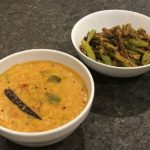
Dosakaya Pappu
A simple yet versatile recipe for an awesome dosakaya pappu (dal), the concept of which can be applied to make many other OPOS dishes.
Ingredients
To pressure cook
- 2 Dosakaya peeled, deseeded, cubed
- 1 cup Toor dal
- 1 cup Onion chopped
- 1 cup Tomato chopped
- 2 Green chilies chopped
- 4 Garlic cloves
- 1 tbsp Sambar powder
- 1 tsp Turmeric powder
- 1 tsp Hing
- 1 tbsp Oil
- Salt
- Tamarind to taste
For tadka
- 1/2 tbsp Mustard seeds
- 1 tbsp Chana dal
- 2 Red chilies
- 2 sprigs Curry leaves
To garnish
- 1/4 cup Coriander leaves chopped
Instructions
-
Wash 1 cup toor dal in a pressure cooker. Add all other ingredients listed under items to pressure cook. Add enough water till the contents submerge, mix them well and pressure cook for 3 whistles. Wait till the pressure releases naturally.
-
Do the tadka separately and mix it well with the dal and let the dal cook for another 3 or 4 mins.
-
Garnish with chopped coriander leaves and serve with hot rice.


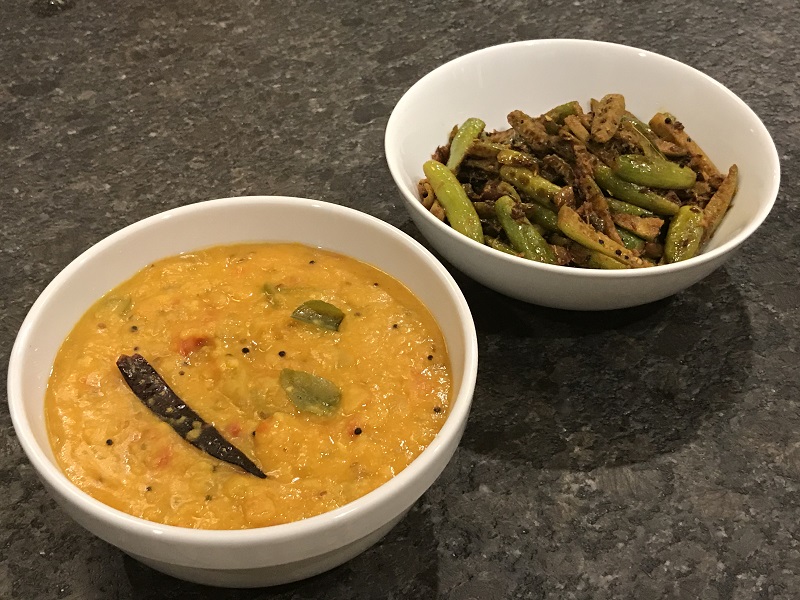
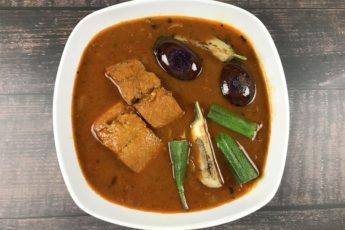
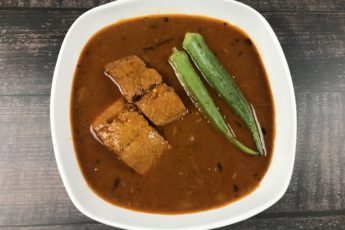
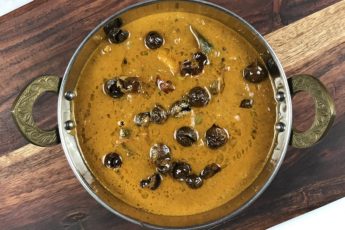
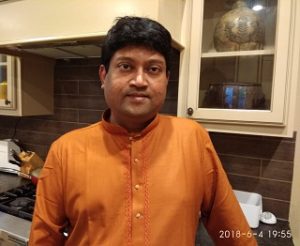 Hello, my name is Senthil. I am a passionate food blogger from Houston, Texas. This is my online kitchen, and I will be cooking delicious recipes for you, provide kitchen tips that I have learned over the years, and share personal stories and fond memories around food. Keep checking out for new stuff!
Hello, my name is Senthil. I am a passionate food blogger from Houston, Texas. This is my online kitchen, and I will be cooking delicious recipes for you, provide kitchen tips that I have learned over the years, and share personal stories and fond memories around food. Keep checking out for new stuff!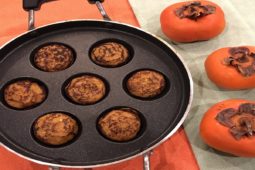
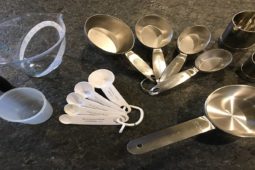
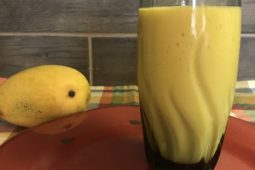
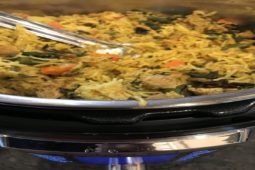
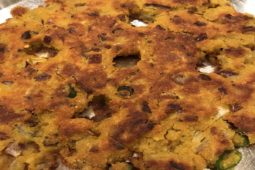
Very interesting story ,well narrated I could visualise the entire story. Every food /dish has memories attached. I am so happy to read the stories/ memories along with delicious recipes. Great work.
Thanks so much for your kind words of appreciation, you made my day! Glad to note that the stories accompanying my recipes are also being liked!